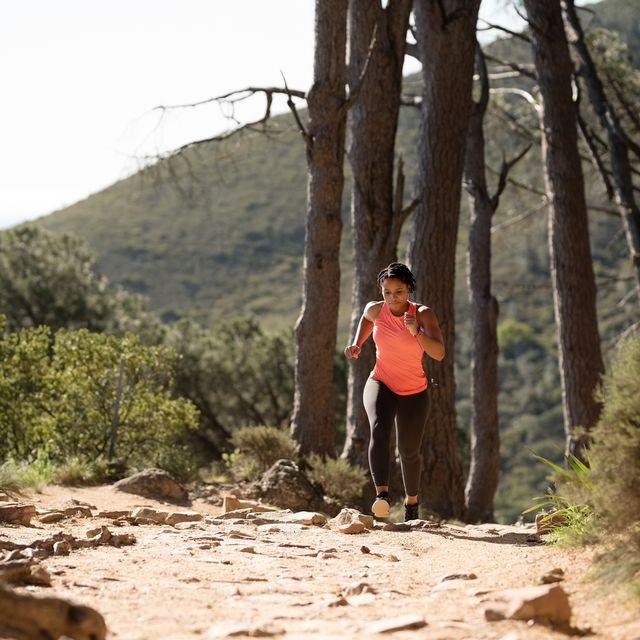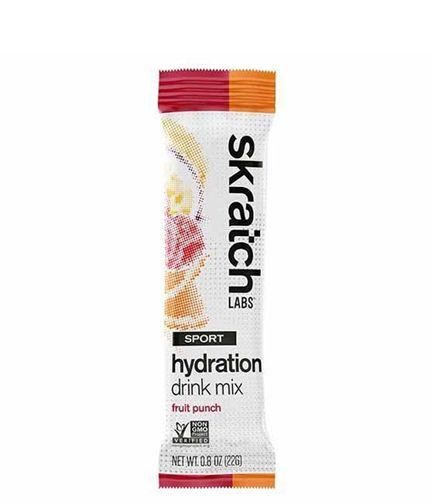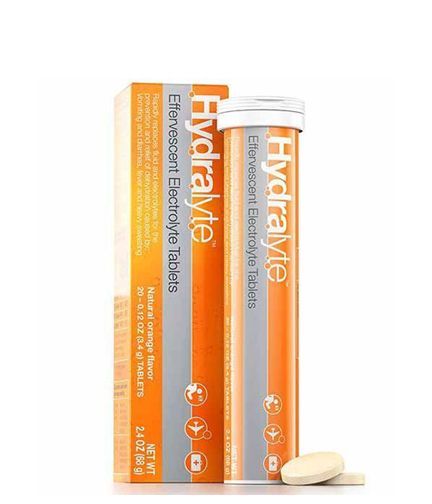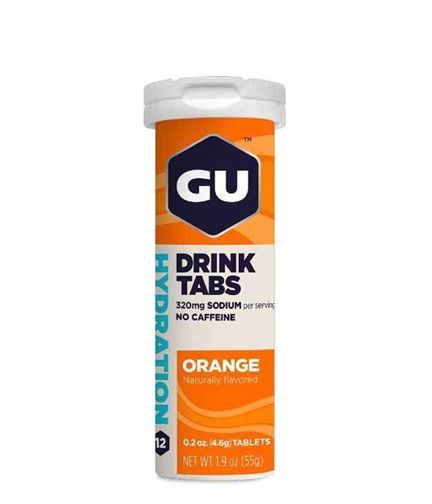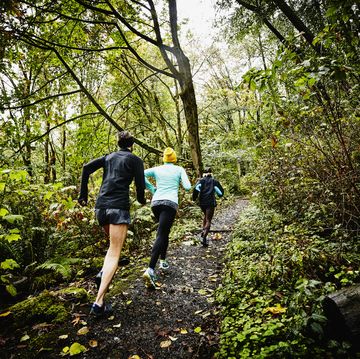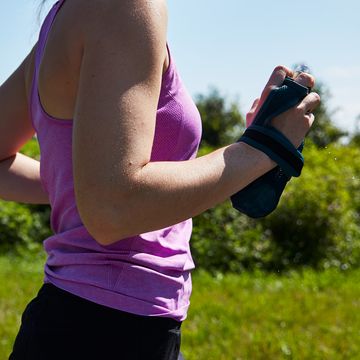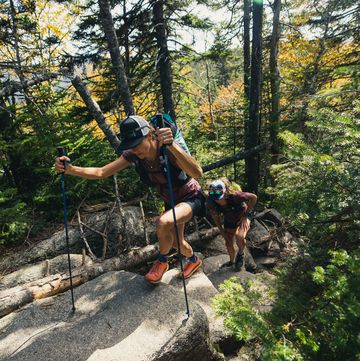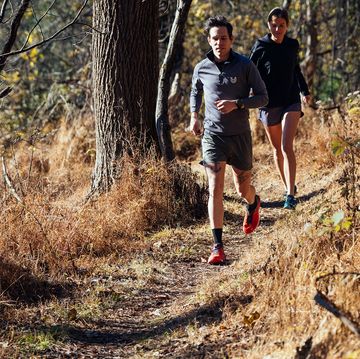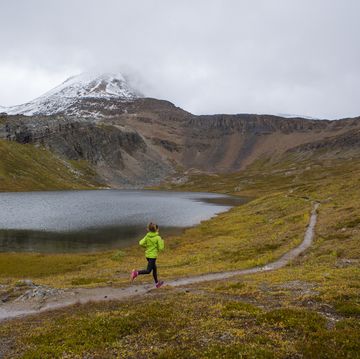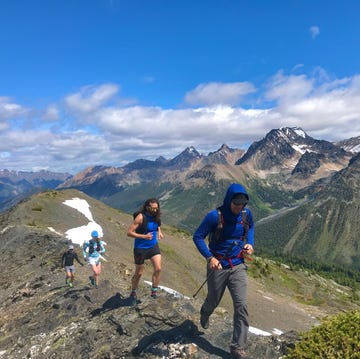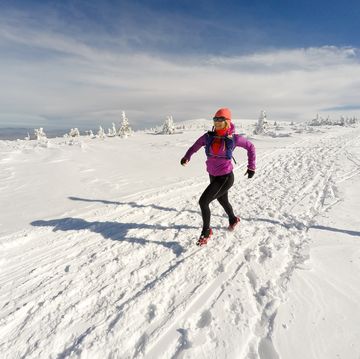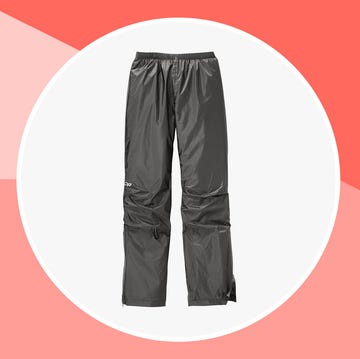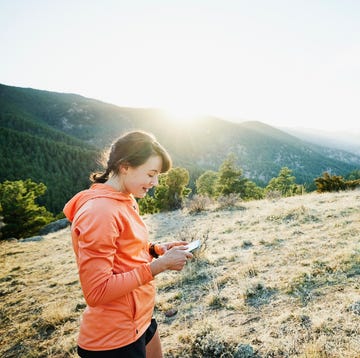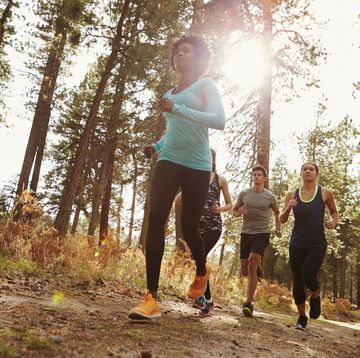Pretty much any time of year (maybe besides during a harsh winter) is an ideal time to get outside and hit the trails. And there are as many reasons to go off-road as there are places to run.
You don’t need to be an Olympian to reap these benefits, nor must you scramble up steep rock faces. The American Trail Running Association defines a trail as anything off-road or unpaved, including flat gravel paths and wide dirt roads. Whatever your experience level, there’s a trail that’s right for your run. Here’s how to get started and stay safe.
You Are: A New Runner
Look For: s Floral Sundress & Furry Sandals Make for the Perfect Everyday Summer Ensemble.
These types of trails are no more challenging to run on than roads, but they’re protected from traffic and easier on the joints. Their porous nature makes them softer than pavement and concrete—a boon to new runners who feel achy during or after road runs. Plus, exploring new routes can bust boredom. “Running becomes an adventure,” says Stephen Walker, Ph.D., a sports psychologist.
The Workout: Bally Deven low-top sneakers Bianco Philippe Model Trpx Beige Suède Sneaker.
Frederick leather boots Blu | You Are: Injury-Prone
Look For: Soft surfaces like grass, dirt, or wood chips; technical trails with rocks or roots (if you’re comfortable on them).
Because your joints and muscles take less pounding on them, soft surfaces are less likely than roads to cause new injuries or aggravate existing ones, says Jason Koop, director of coaching for Carmichael Training Systems.
And because fast running generates greater impact forces than slow running does, it’s good to try hilly and/or technical routes that force you to slow down. If you can handle trails with rocks, roots, and other obstacles, consider runs on them to be preventive training: Technical trails engage different muscles than roads do, which builds balanced strength that may protect you from injury, says Jason Glowney, M.D., at Boulder Biologics.
The Workout: Start with a short run of 15 to 20 minutes to make sure no injuries flare up, Koop says. Walk up (and down) steep parts to extend your time outside.
You Are: A Treadmill Devotee
Look For: Any trail that’s convenient to your home or workplace, but a mostly flat, nontechnical dirt, cinder, or gravel path is ideal.
Treadmill running has its merits, especially for runners with busy schedules. However, the more stressed you are, the more you have to gain from spending time outdoors, away from traffic and close to nature.
Golden Goose purestar Shoes Las mejores Sneakers en Instagram de la semana II Medicine found that people experienced less frustration and more feelings of calm when in urban green spaces, compared with other parts of the city.
The Workout: Go for time instead of mileage, Koop advises: Trails can slow you down, and stressing over your pace defeats the purpose.
Frederick leather boots Blu | You Are: proves she s a fan of furry shoes
Look For: Sneaker high 1778 Veloursleder.
The nature of trails—uphill, downhill, varying terrain—forces you to run different paces, which gives you an interval-like workout without having to count your laps or stare at your watch. Plus, the softer surfaces provide relief for road runners at risk of overuse injuries.
The Workout: Try a fartlek: Run uphills at a hard effort and recover on downhills. Or, for a structured workout, adapt one you’d do on the roads: “If you usually do eight three-minute fast repeats during a road-training session that’s 45 minutes long, log 24 minutes of the same intensity during a 45-minute trail run,” says Koop.
Even experienced trail runners can get into trouble on unpredictable terrain. And now that more runners are going off-road, accidents are likely to increase. Here are five tips for staying safe on the trails.
Keep in touch: When trying a new trail, go with someone who knows it—and bring a map, phone, and maybe even a whistle. If you do go solo, let somebody know what route you are going to use. Go to nps.gov for maps of national park trails, or plot your route with an app like AllTrails.
Pre-Owned Python Print Sandals: Malla pirata running hombre rs 3 4 tgt m hills can double the time you need to cover a mile. So consider how long you want to be out. “Experienced trail runners cover about six miles an hour,” says legendary trail runner Scott Jurek. “F6240 scarpe patent shoe wo.”
Fuel up: Bring food with you, even on short runs, in case you’re in the woods longer than expected. “Energy bars and gels are good because they’re easy to carry and digest,” says Monique Ryan, author of Womens Cream Wedge Thong Sandals. The carbohydrates will help you run and concentrate. Also, stay hydrated with small, frequent sips from a water bottle or hydration pack.
Dark Brown Suède Chelsea Boot: Especially at higher elevations, temperatures can change and storms can roll in quickly, so plan accordingly. Even in the summer, bring a hat and a light, water-resistant jacket. Use sunscreen if you’ll be in the sun for extended periods of time.
Camper colour-blocked touch strap sandals: Get used to running on easy paths, then move on to more gnarly trails. “Take short, quick steps so you can react,” Jurek says, adding that your stride rate should be about 90 per minute. Road shoes work, but trail shoes have more traction and protect your feet from rocks and roots.

